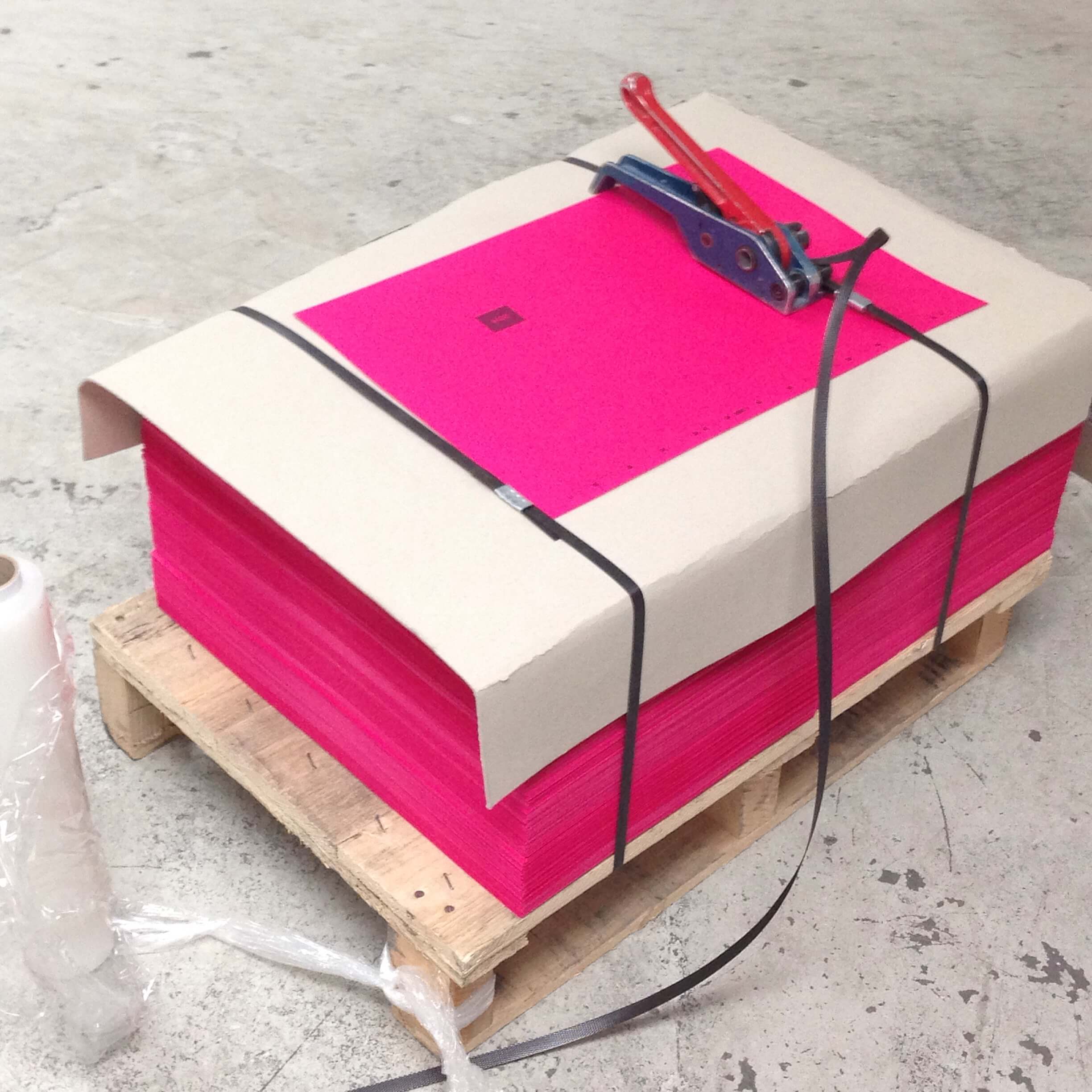
Its refreshing to see a client use a material that is adventurous, in this case its a cover going off to be foil blocked, the text has a similar colour throughout the document which is printed so I can’t wait to see the finished result
There are plenty of mid-range papers that can add value to a job at a reasonable price, without going to the high end paper suppliers, after all once the printer has covered the paper in ink and applied an aqueous seal to the print any reference to the original paper stock can be lost.
Many clients are attracted to off-white papers or cream stocks, these stocks are also sold at a premium. If the time is allowed we can experiment with various tints to achieve the desired colour by printing and can do this with no cost, negating the need for the expensive options.
We regularly print a 3% tint of yellow to achieve a cream background and can also achieve tints of grey and other specified shades. On occasions we have actually scanned a paper sample which may have a pattern, and with careful cloning at the reprographic stage achieve an impressive background.
If you would like to see some samples please do email me [email protected]
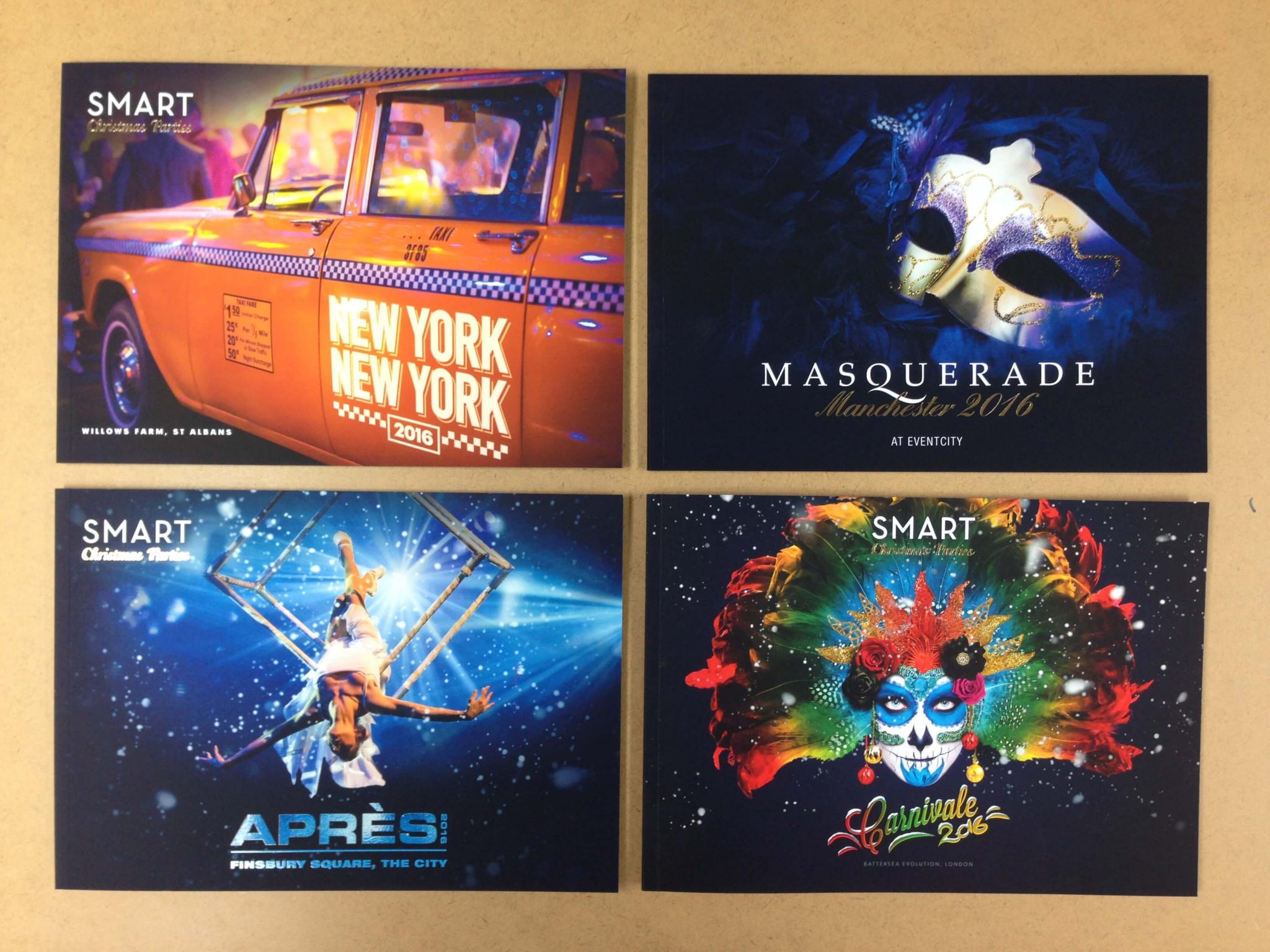
The imagery used on this suite of A4 landscape brochures is stunning. Printed using the waterless process with a very heavy ink content (mainly black) throughout provides a real feel of quality.
The specification includes soft touch laminated to the outer covers, gold foil and spot UV. The extra embellishments set off this promotional piece for Christmas party nights nicely.
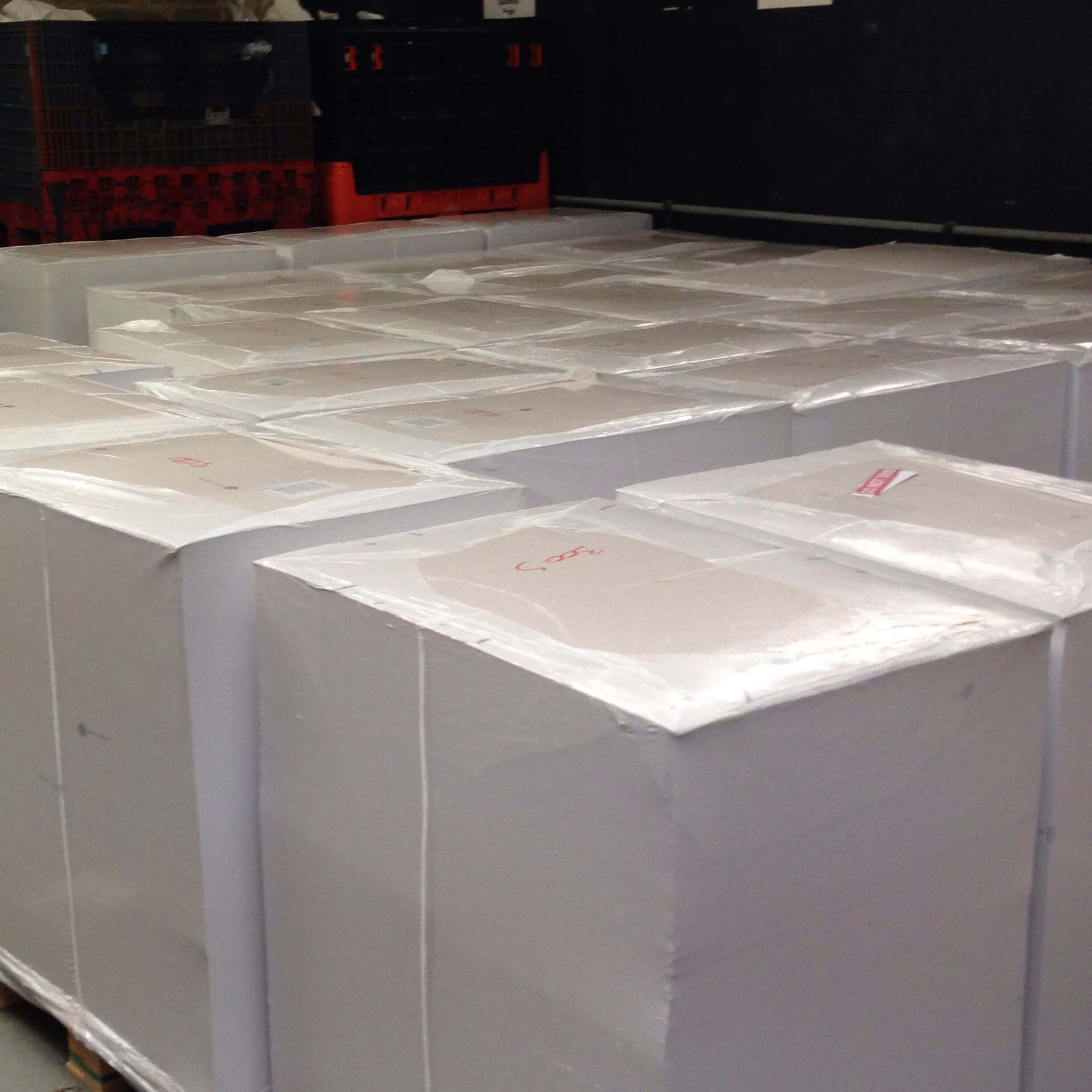
In the next week or two paper prices will increase in the region of 6%, this is the first delivery of the paper we have forward ordered – its still not too late for you to order the stock in anticipation of the artwork if it isn’t quite ready.
Call us to discuss 01225 815 010
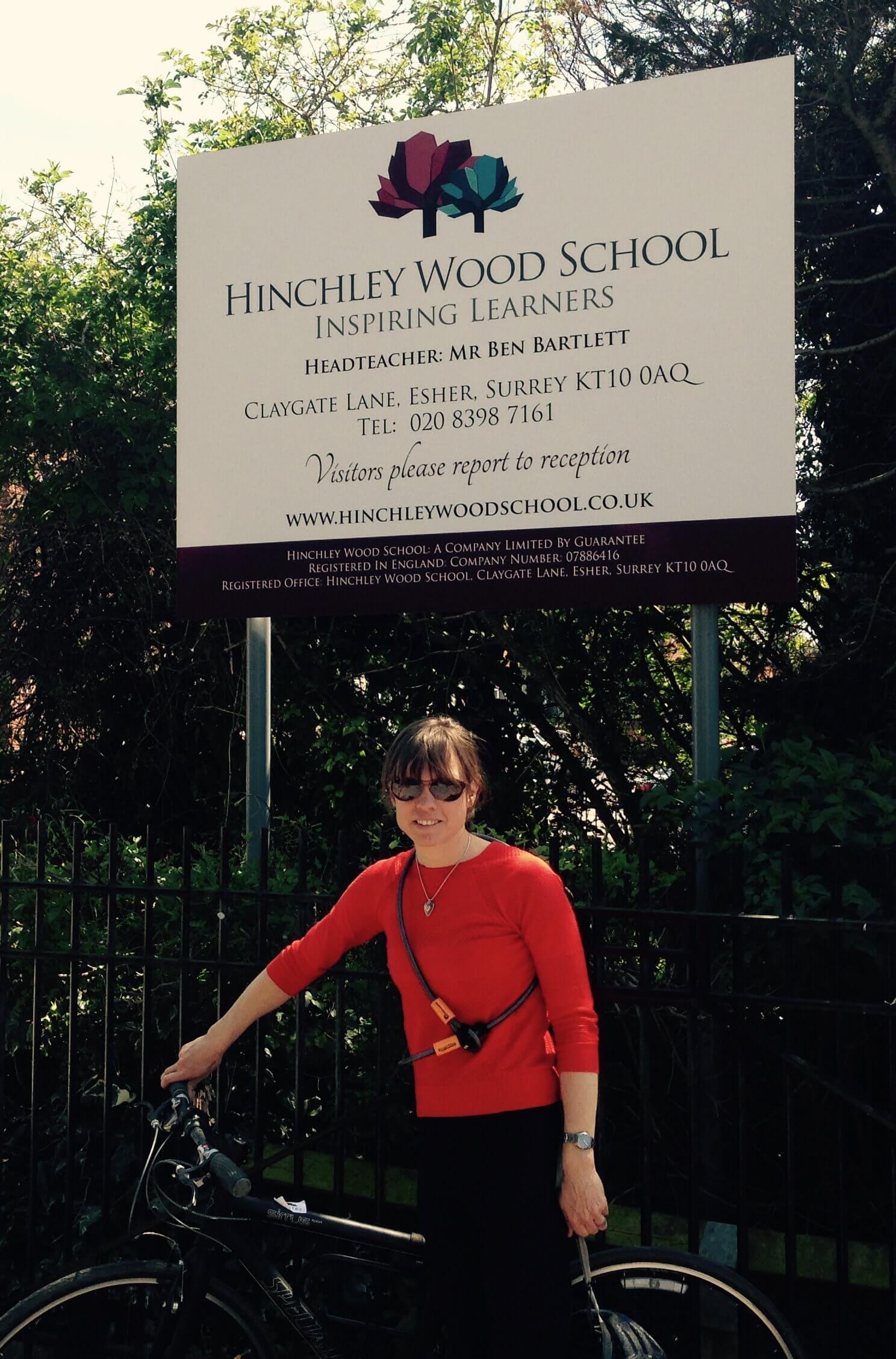
Today was my first venture back into the classroom at Hinchley Wood School to share my knowledge and experiences of an Environmental Management System with GCSE Business Studies students, using Park Lane Press as a case study.
The exercise was a good opportunity to reflect on how far Park Lane Press have come from when we first introduced our system back in 2003, in addtion how far our laws and culture had progressed.
The laws weren’t as developed as they are now, for example you could dispose of more waste to landfill, however from 2004 the Landfill Regulation were updated preventing companies mixing hazardous, and non-hazardous waste together, and from 2012 preventing items that can easily be recycled from going to landfill, i.e. paper, printing plates etc.
Directives from Europe also came into play, for instance in 2004 The Environmental Liability Regulation forced organisations to ensure robust environmental risk assessments had taken place to reduce the risk of possible pollution.
Another major change was the shift in encouraging organisations to request from their supplies environmental policies, and accreditations. On completing a recent tender for a large charity we were asked for an Ethical Statement, Environmental Statement and Sustainability Statement, along with copies of our ISO14001 and EMAS certificates.
In fairness Park Lane Press began to recycle all streams of waste before the law enforced it, we operated a good practice of waste minimization, thorough environmental risk assessments and gained accreditations before they became a requirement to winning tenders.
In actual fact over the last 13 years Park Lane Press can be proud of their achievements, they have reduced water usage from over 1000 cubic litres a year to under 400, recycling waste is now over 97% , before 2003 it was around 60%. Helping these stats along the way from initiatives such as investing in a power optimising unit, inventing a water reclamation system from our plate making machine, converting to 100% natural renewal energy sourced via Ecotricity, installing a heat transfer systems and zonal lighting.
I may have lost the children’s attentions a little whilst explaining the power optimising unit and water reclamation system, but the level of interest and feedback was enough for me to feel a warm sense of pride to how far we have come. I also hope to have sparked a few possible careers in the environmental arena during my visit, and maybe even a few in print!
Libby Ferguson Environmental Manager, Park Lane Press
Do call us if you would like to arrange a site visit to Park Lane Press 01225 815 010
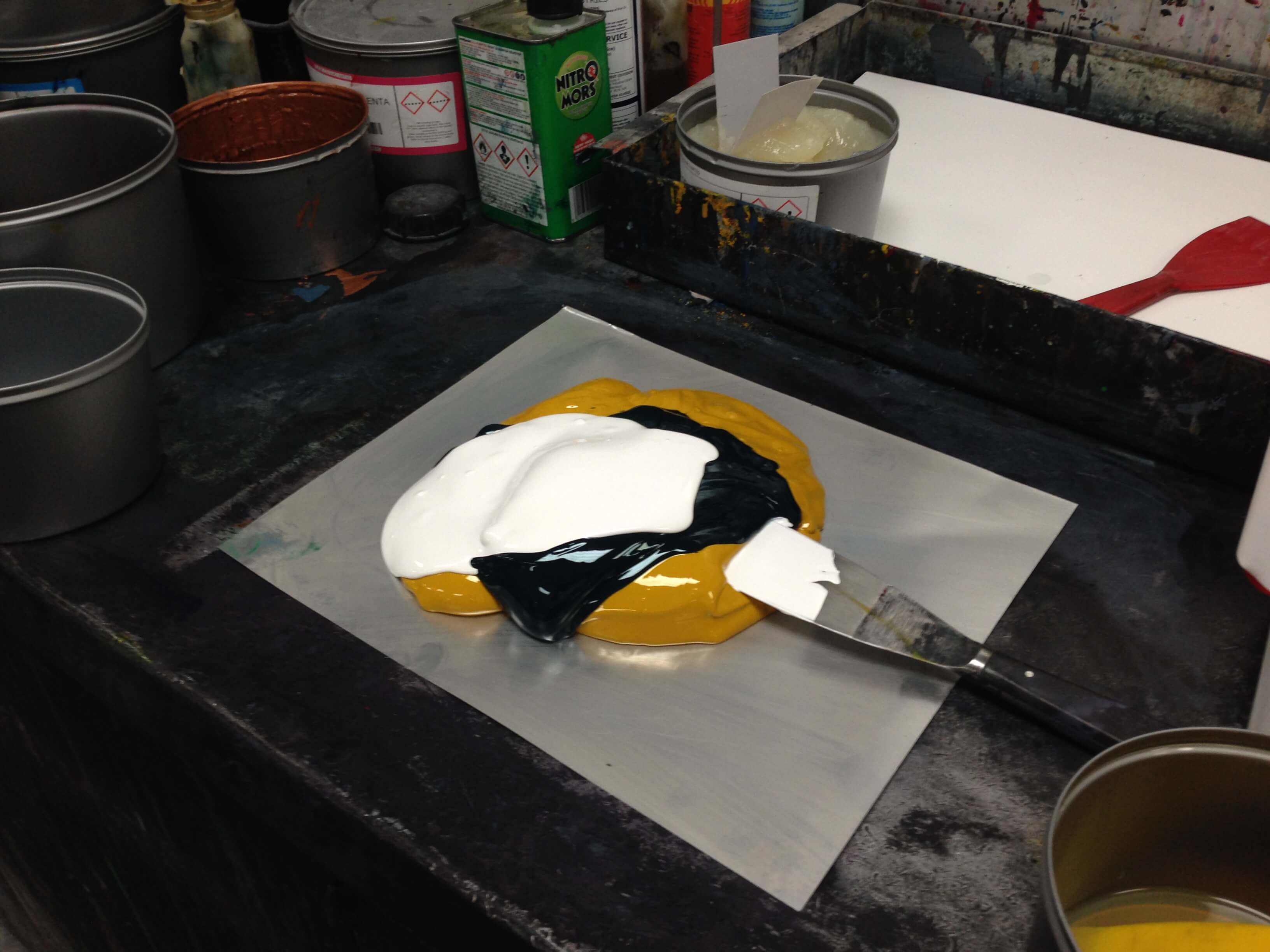
Accurately mixing an ink to a specific pantone colour is certainly an art.
In this case we are mixing pantone 375 a green. As you can see blue and yellow weighed to the correct proportions should hit the colour correctly, but at Park Lane we also add other colours or additives to make it print better, or improve the match to the pantone book.
In this case we have added opaque white which produces a better lay down of solid ink. For 25 years we have been mixing inks, and have a huge database of formulas, its the extra touches that make the difference, a bit like baking!
If you have colour issues give us a call 01225 815 010.
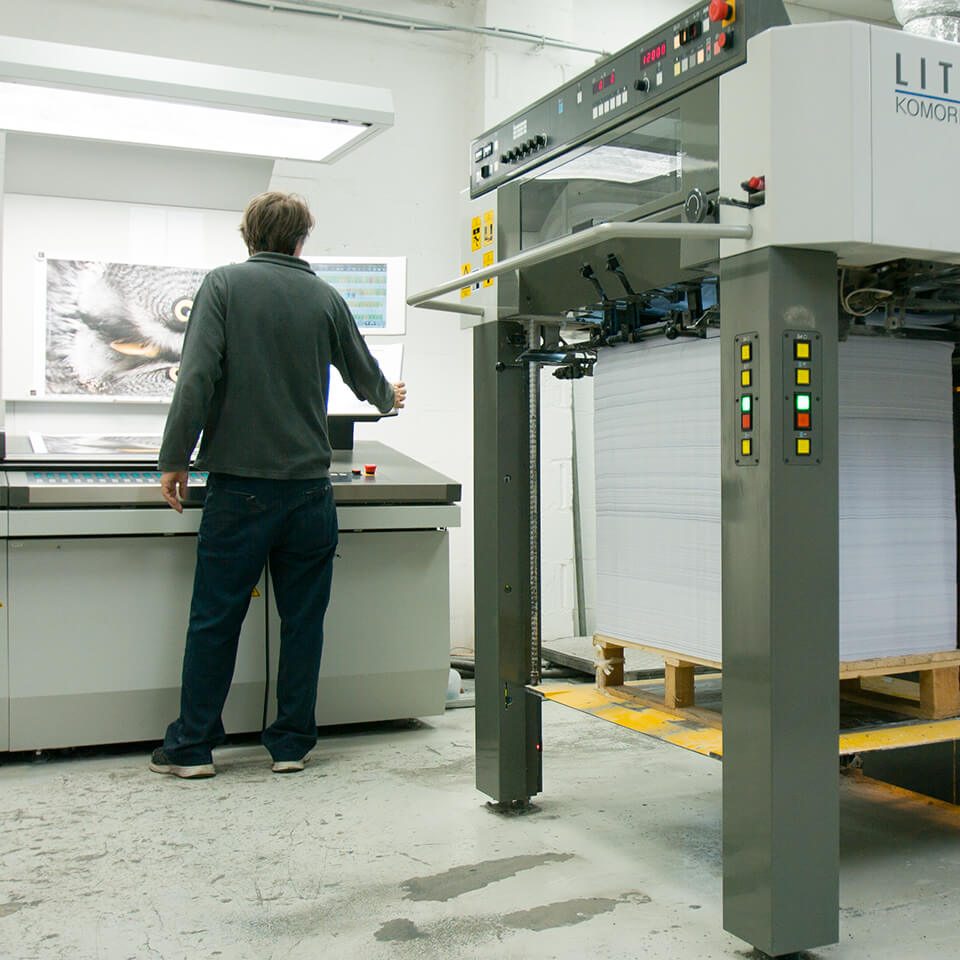
How to get the best out of your 6 colour press.
Our 6 colour press has been printing 4 colour process plus “double hit” with a special pantone blue, to hit a specific colour for the client, who was press passing. We do like press passing, as being able to accommodate our clients like this makes all the difference.
The depth of colour that this option provides helps with variations in the paper stock to provide a consistent smooth finish, its more expensive obviously – but its worth it!
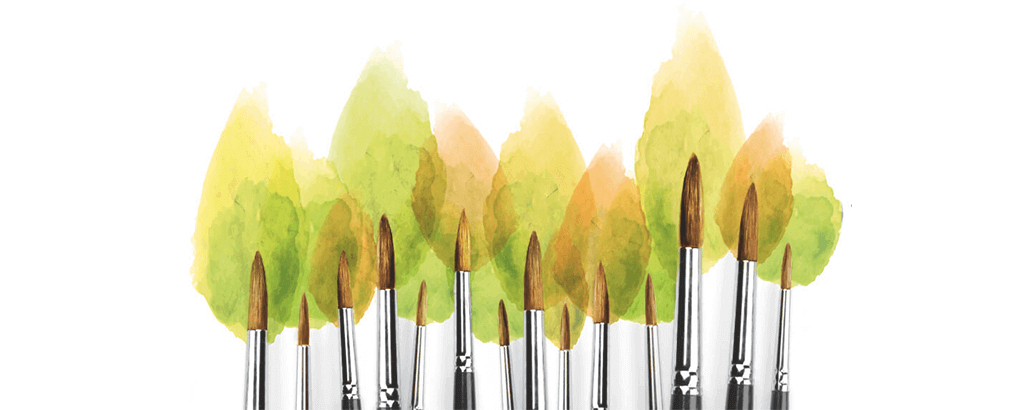
On the 10th March I attended a fabulous event at Christies, It’s Our World Auction. Park Lane Press were proud to be the print sponsors of the invites and catalogue, the design was donated by The Partners, and paper by Arjo Wiggins Graphic Papers.
The Auction featured artworks by over 40 leading artists, inspired by the landscape, including David Hockney, Sir Antony Gormley, Andy Goldsworthy, Yinka Shonibare and Maggi Hambling.
The money raised by the It’s Our World project supports the arts education charity The Big Draw. It’s Our World Project managed to involve over 30,000 children and young people across the UK, either individually or collaboratively, to share a view of their local landscape, wildlife, coastline or neighbourhood.
Participants were not only encouraged to connect with the environment in creating their artworks, but also, through online resources, to take positive steps in reducing their impact upon it.
This is what drew us into supporting the event, excuse the pun! The Champagne flowed as quickly as the event, by the end of the evening the total raised on the night was £108,000, which is only the beginning as the action runs until March 24th take a lookhttp://bit.ly/ItsOurWorld.
Phil Sudwell 11th March 2016
Related links:
http://www.itisourworld.org.uk/resources/sustainableideas/get-out-and-get-active/